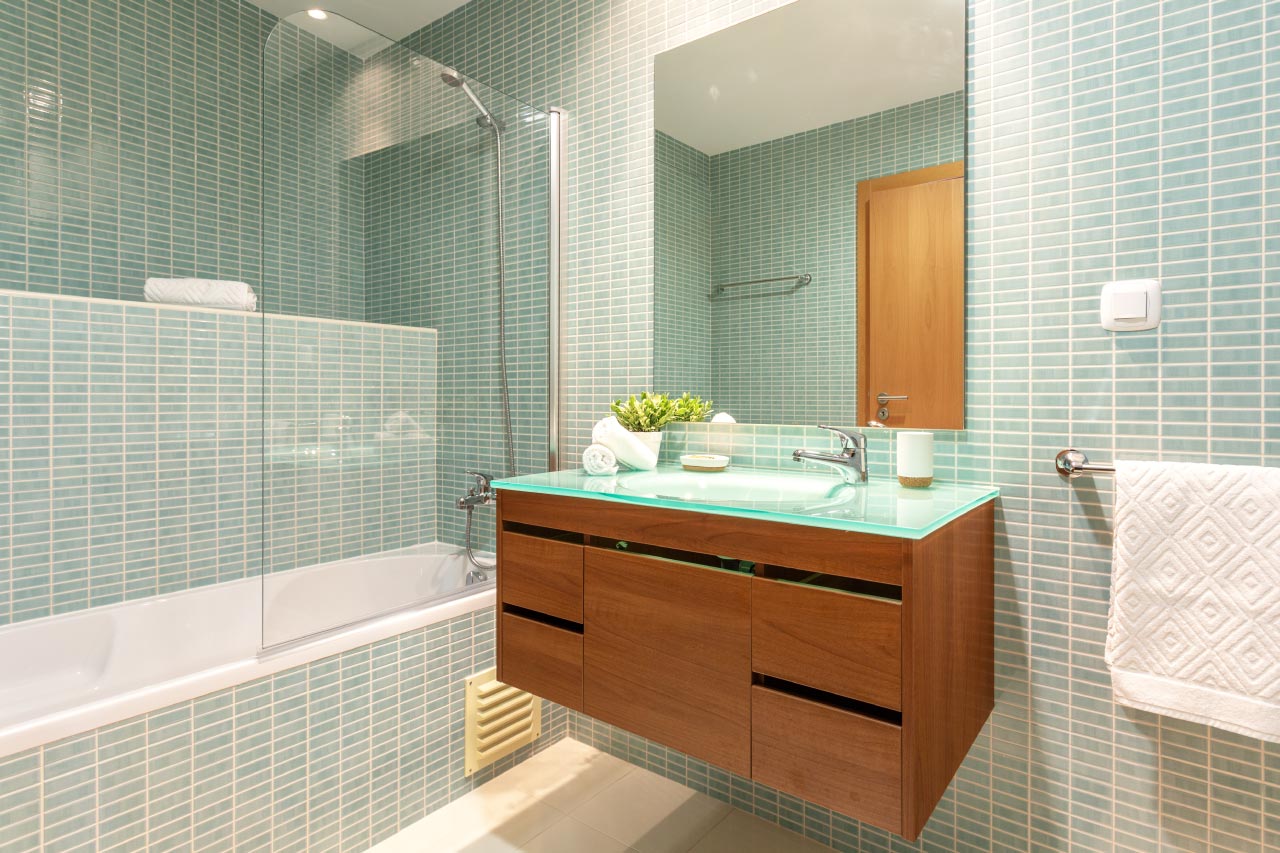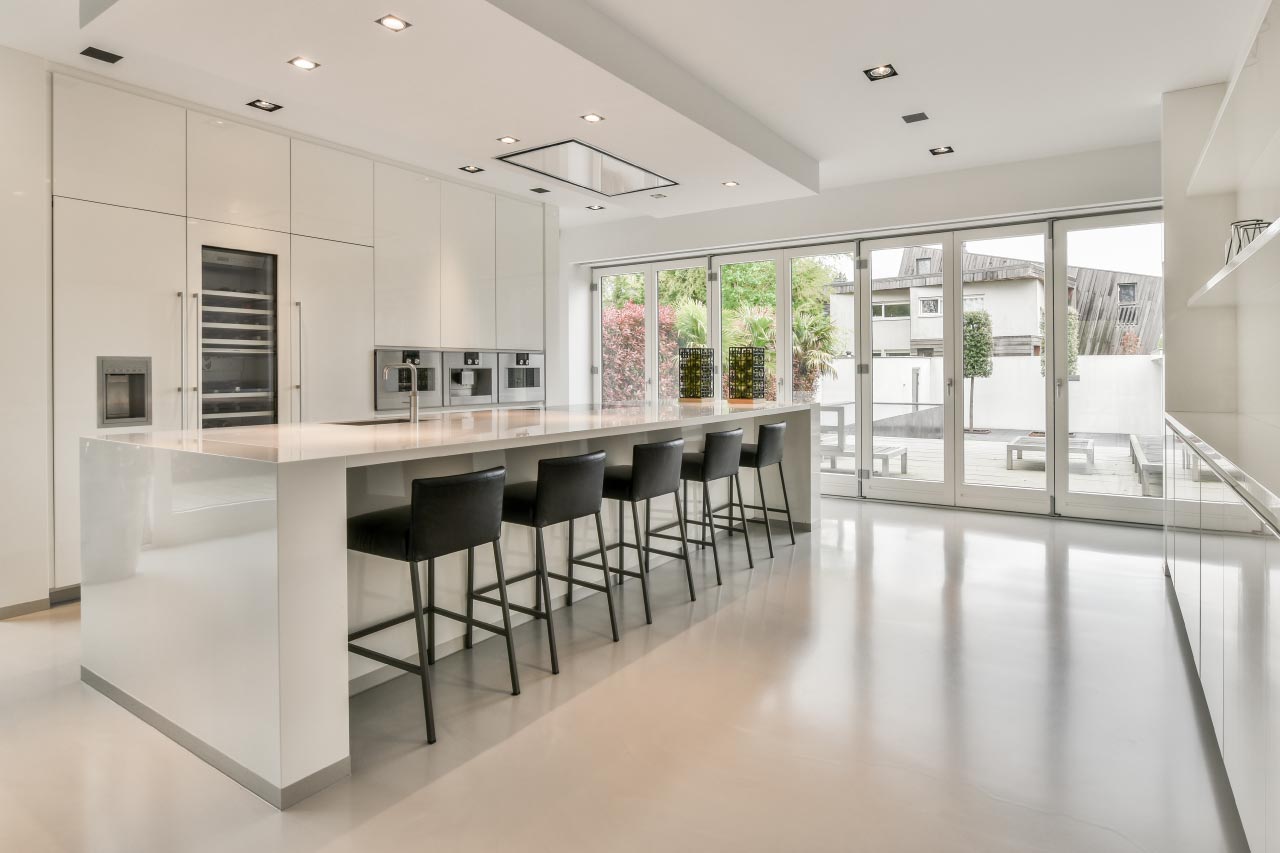
Mario's Tile
Mario's Tile
New to Angie's List! We are looking forward to being a part of the Angie's List community and providing quality tile installation and superior customer service you deserve!
"When requesting a quote, responded immediately and started the job right away. Workers were very professional and friendly. Very efficient and job well done. Would highly recommend."
Dave O on June 2024
New to Angie's List! We are looking forward to being a part of the Angie's List community and providing quality tile installation and superior customer service you deserve!
"When requesting a quote, responded immediately and started the job right away. Workers were very professional and friendly. Very efficient and job well done. Would highly recommend."
Dave O on June 2024











